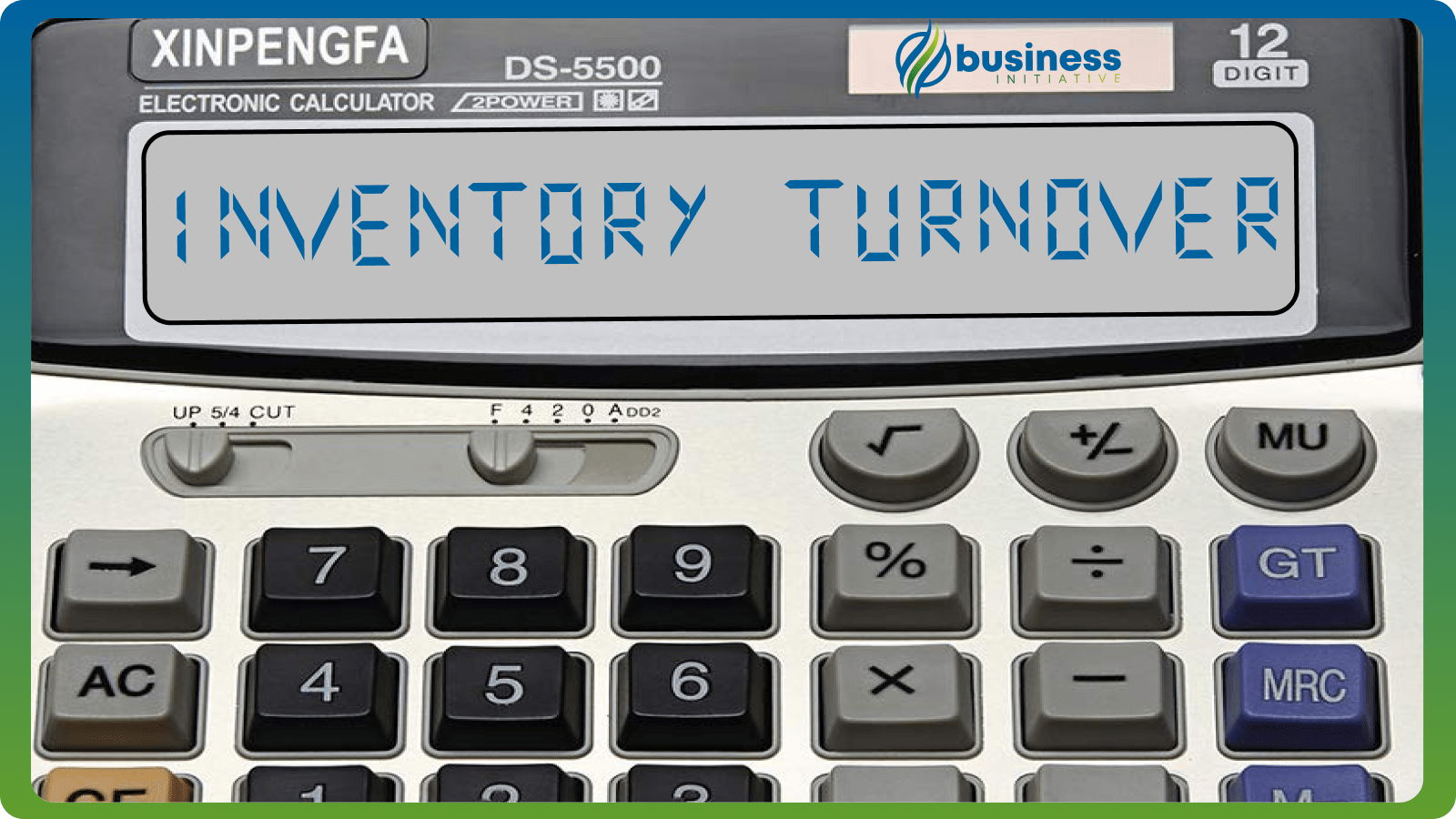Understanding your inventory efficiency is crucial for business success. Our inventory turnover calculator helps you analyze how quickly you’re selling and replacing inventory, enabling better stock management and cash flow optimization.
Inventory Turnover Calculator Features
- Multiple Metrics: Calculate both Inventory Turnover Ratio and Days Inventory Outstanding (DIO)
- Visual Analysis: Track trends with interactive charts
- Industry Benchmarks: Compare your performance to industry standards
- Optimization Tips: Get insights to improve inventory management
- Export Options: Save your calculations for future reference
How to Use This Calculator
- Enter Your Numbers: Input cost of goods sold and average inventory value
- Choose Time Period: Select monthly or annual analysis
- View Results: See your turnover metrics and comparisons
- Analyze Trends: Track changes over time
- Export Data: Save results for reporting (optional)
Inventory Turnover Calculator
Understanding Inventory Metrics
Inventory Turnover Ratio
- Measures how many times inventory is sold and replaced over a period
- Higher ratios indicate more efficient inventory management
- Calculated as: Cost of Goods Sold ÷ Average Inventory
Days Inventory Outstanding (DIO)
- Shows how many days it takes to sell through inventory
- Lower numbers suggest better inventory management
- Calculated as: 365 days ÷ Inventory Turnover Ratio
Optimizing Your Inventory Management
- Monitor Trends: Track changes in turnover ratios over time
- Compare Benchmarks: Understand your performance vs. industry standards
- Balance Efficiency: Find the sweet spot between stockouts and excess inventory
- Consider Seasonality: Adjust for seasonal variations in demand
- Implement Controls: Use inventory management systems to maintain optimal levels
Need help establishing your business or want guidance on business registration? Schedule a consultation with our expert team at Business Initiative to discuss business registration and formation services.
Stay informed about business strategies and tools by following us on X (Twitter) and signing up for The Initiative Newsletter.
FAQs - Frequently Asked Questions About Inventory Management

What is inventory turnover ratio?
Inventory turnover ratio measures how many times your entire inventory is sold and replaced over a specific period.
Learn More...
The inventory turnover ratio is a key efficiency metric that helps businesses understand their inventory management performance.
Key Components:
- Calculated by dividing Cost of Goods Sold (COGS) by average inventory value
- Higher ratios generally indicate better efficiency
- Industry benchmarks vary significantly (retail: 4x, manufacturing: 6x)
- Helps identify potential overstocking or stockout risks
Impact on Business:
- Affects working capital and cash flow
- Influences storage and handling costs
- Indicates market demand and pricing strategy effectiveness
- Helps optimize purchasing and production schedules
What is a good inventory turnover ratio?
A good inventory turnover ratio varies by industry, but generally ranges from 4-10 times per year for retail and manufacturing businesses.
Learn More...
The optimal inventory turnover ratio depends on your industry and business model.
Industry Benchmarks:
- Retail: 4-6 times per year
- Manufacturing: 6-8 times per year
- Wholesale: 8-10 times per year
- Technology: 10-12 times per year
Factors Affecting Optimal Ratio:
- Product type and shelf life
- Supply chain reliability
- Seasonal demand variations
- Storage costs and capacity
How do I calculate Days Inventory Outstanding (DIO)?
DIO is calculated by dividing 365 (days in a year) by your inventory turnover ratio, showing how many days it takes to sell through inventory.
Learn More...
Days Inventory Outstanding provides insight into how long inventory sits before being sold.
Calculation Method:
- DIO = 365 ÷ Inventory Turnover Ratio
- Can be calculated for specific periods or products
- Lower numbers typically indicate better efficiency
- Should be compared to industry standards
Business Applications:
- Cash flow forecasting
- Supply chain optimization
- Storage cost management
- Performance benchmarking
How can I improve my inventory turnover ratio?
Improve turnover by optimizing order quantities, implementing just-in-time inventory, forecasting demand accurately, and adjusting pricing strategies.
Learn More...
There are several strategies to improve inventory turnover while maintaining service levels.
Operational Strategies:
- Implement ABC inventory classification
- Use economic order quantity (EOQ) calculations
- Adopt just-in-time inventory practices
- Improve demand forecasting accuracy
Management Strategies:
- Regular inventory audits
- Supplier relationship optimization
- Dynamic pricing strategies
- Automated reordering systems
What causes low inventory turnover?
Low inventory turnover is often caused by overbuying, poor demand forecasting, ineffective pricing, or weak marketing strategies.
Learn More...
Understanding the causes of low turnover helps identify improvement opportunities.
Common Causes:
- Overestimating demand
- Poor inventory management systems
- Ineffective marketing or sales strategies
- Misaligned pricing strategies
Hidden Factors:
- Economic conditions
- Changes in consumer preferences
- Supply chain disruptions
- Seasonal variations


